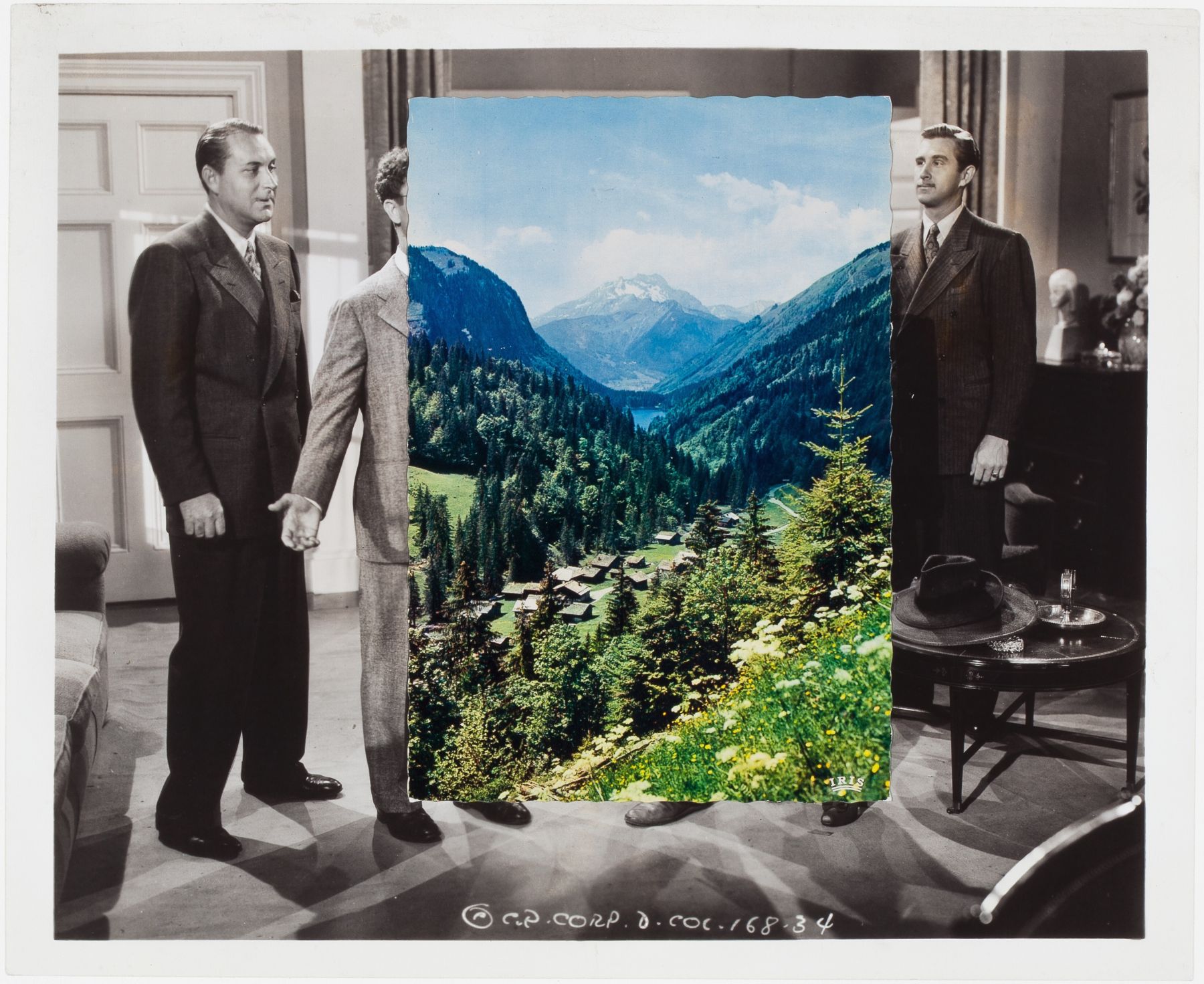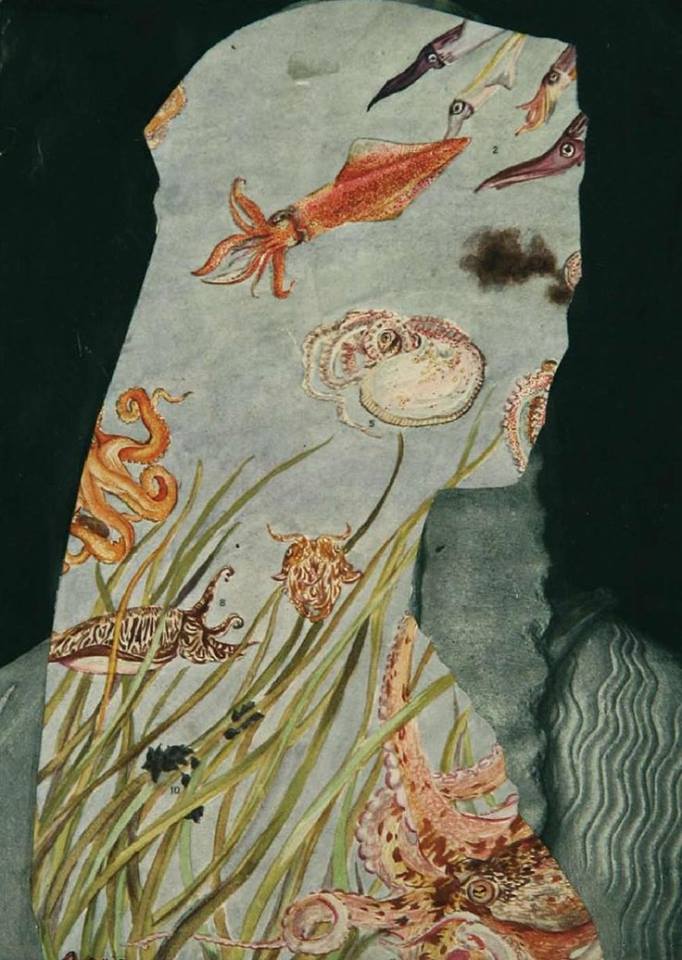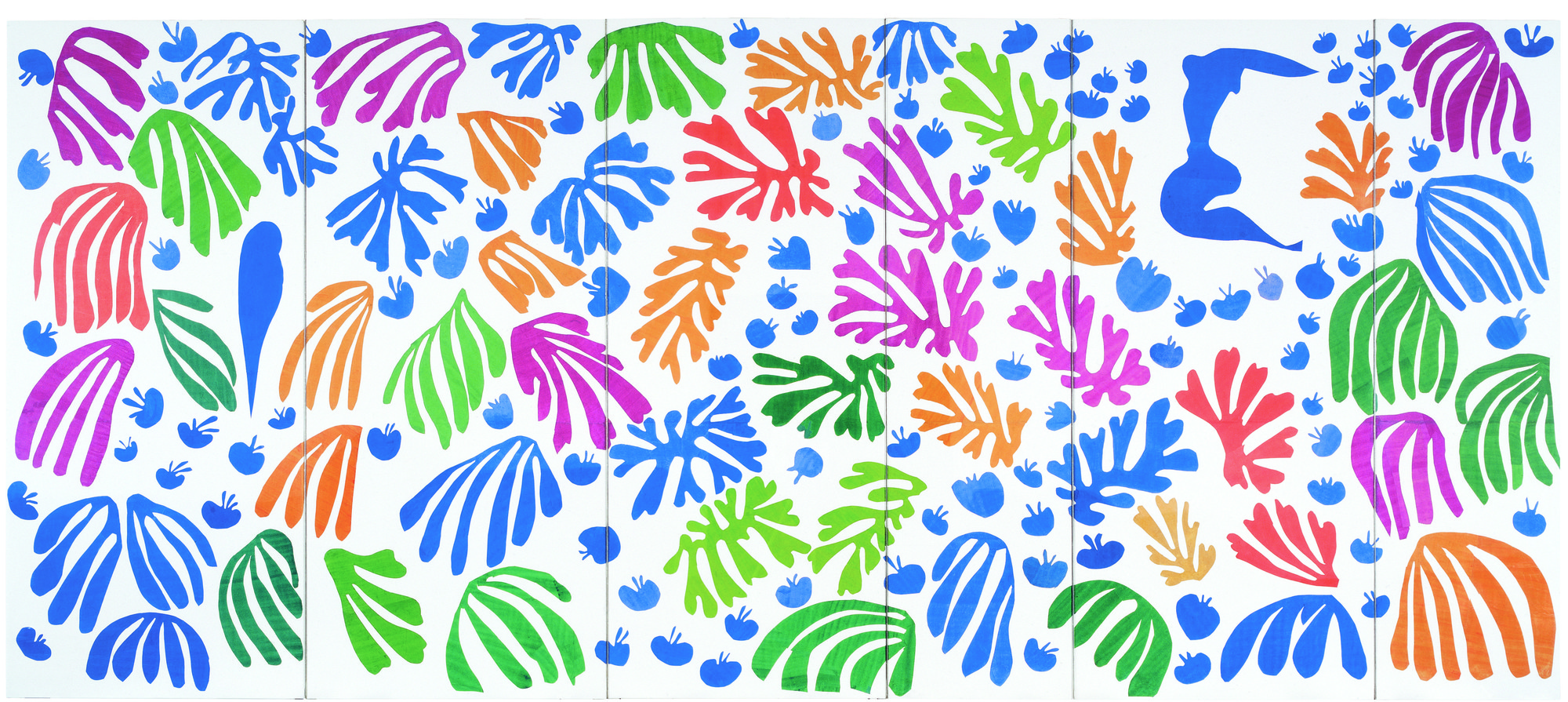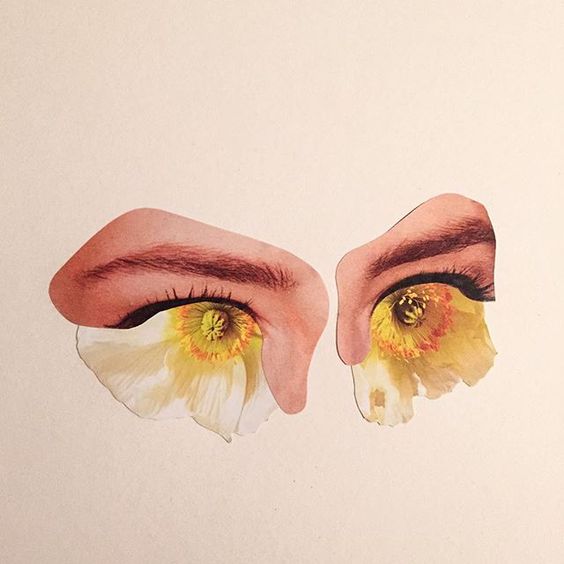“Cut-Paste” Masters of Coincidence
Everything around you has more than one angle. Collage artists create extraordinary results by tapping into this multidimensional feature. The beauty of individual perspectives is that the resulting coincidental union awakens different feelings in us.
For us, the history of collage, which will be alive as long as there is creativity, dates back to newspapers we cut and paste in our childhood, for art professionals and to Cubism, Dadaism and Surrealism movements.
The art of collage took a few things from these movements – how to reject chaos from Dadaism, to explore new areas between the real and the unreal from Surrealism, and to blend open spaces with materials to respond to changing time and space from Cubism. In light of these movements, the art of collage offers a number of ways to explore and experience.
Here are five collage artists you need to explore.
JOHN STEZAKER

“I have always thought the world would catch up with me one day, but perhaps not in my lifetime.” For Stezaker, in whose works we see a trace of three movements, collage is a symbol of modern culture where memories are brought together. Using vintage photographs, print materials of Hollywood stars, postcards etc. the artist cuts them, paste them on top of another and create new personalities, landscapes and worlds. Stezaker has participated in many solo and group exhibitions since 1970.
EILEEN AGAR

Eileen Agar, Collage Head, 1937
“This is not the spontaneous outpouring of the surrealist unconscious, but a very conscious and highly structured process. It is the Agar way.” This is a quote about Eileen Agar, described as the key name of surrealism by Andrew Lambirth. She experienced some challenges for being a female surrealist but kept her passion above all else. For Agar, collages go beyond symbolizing objects and become the objects themselves in an unusual way. The artist believed that the recreation of chaos was necessary to build a new system.
HENRI MATISSE

Henri Matisse, The Parakeet and the Mermaid, 1952
Paint the paper, cut, pin, copy and assemble. Master artist followed this process while making collages. While prolific in many branches of art, Matisse also skillfully used colors and patterns in collages. One of the most characteristic features of his works is the emphasis on body curves. Using the term “painting with scissors” for his style that blends colors and shapes, the prominent artist knew how to make these elements fun. While making paper a realm of plants, animals, figures and shapes, he inspires us with his idiosyncratic style.
JESSE TREECE

“I don’t think I have a message that I’m trying to get across, it’s usually more about composition, color, and gut feelings. I’m completely fine with art not needing to have a specific meaning.” While interpreting the ordinary and extraordinary aspects of life, Jesse Treece brings together science and nature, the inner and the outer, the big and the small with traditional tools such as glue, scissors, and pages of newspapers and magazines. Formerly serving in the U.S. Navy, Treece says that this experience has opened his eye to art, and has been making collages since 2009.
THE DAILY SPLICE

Benefiting from the high-quality services of modern technology, Adam Hale, i.e. the Daily Splice, cuts pieces from free daily/weekly magazines and brings them together to make something new. While remaining loyal to the font, he adds new images on top and reshapes them, recycling used materials and turning the temporary into something lasting.